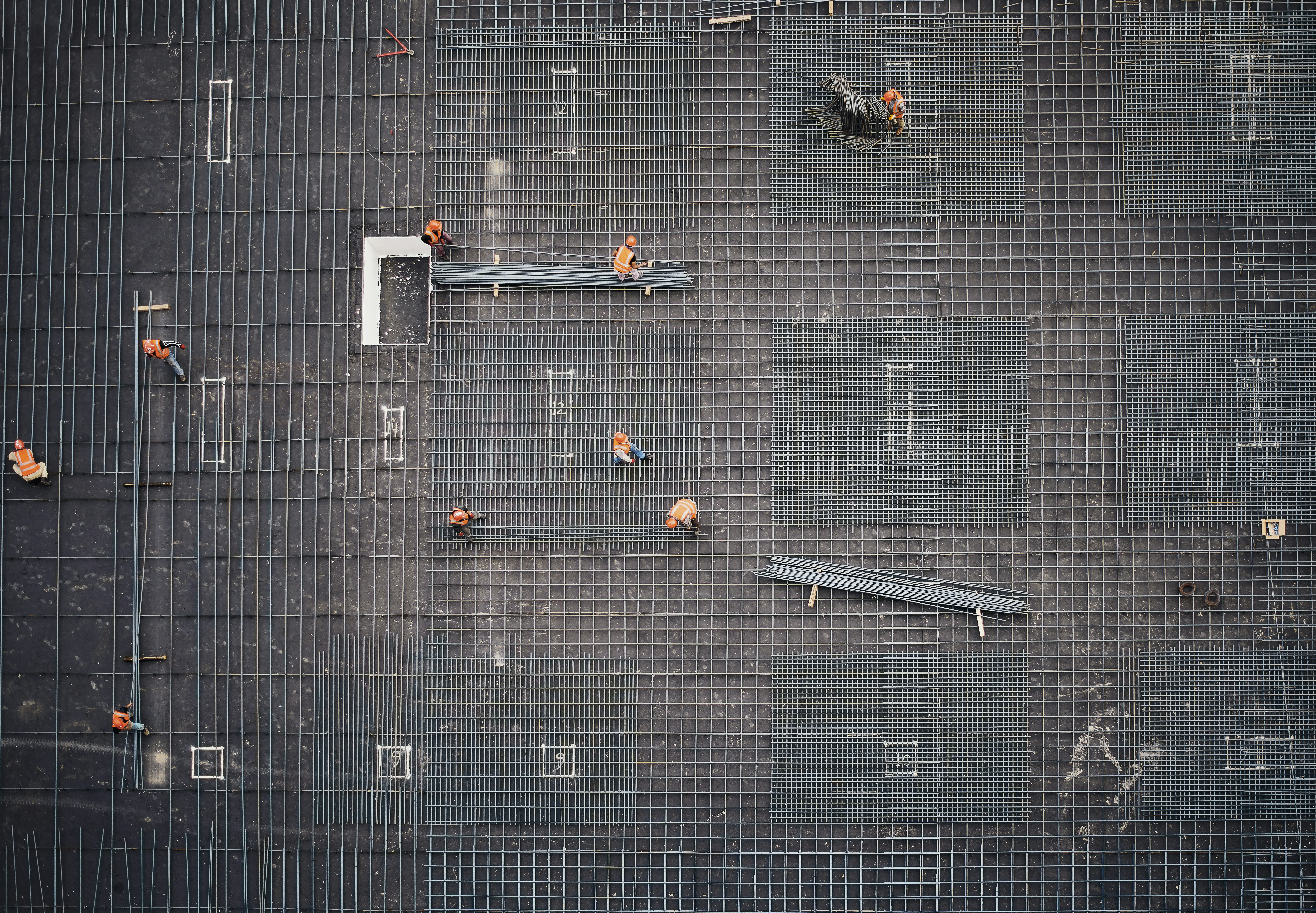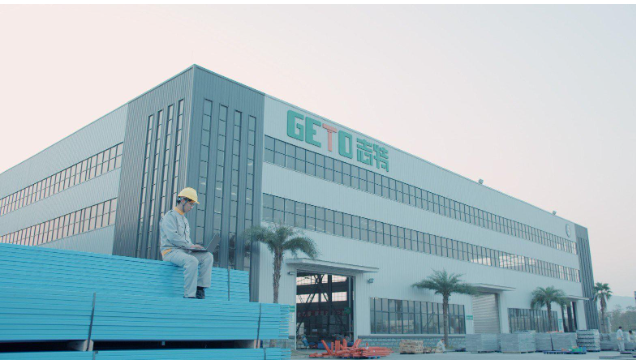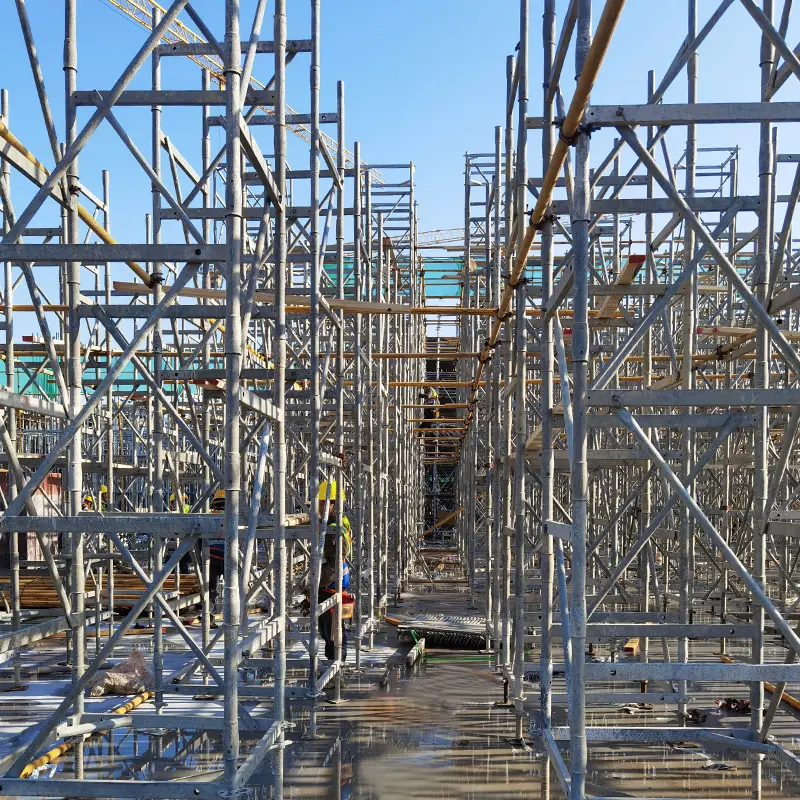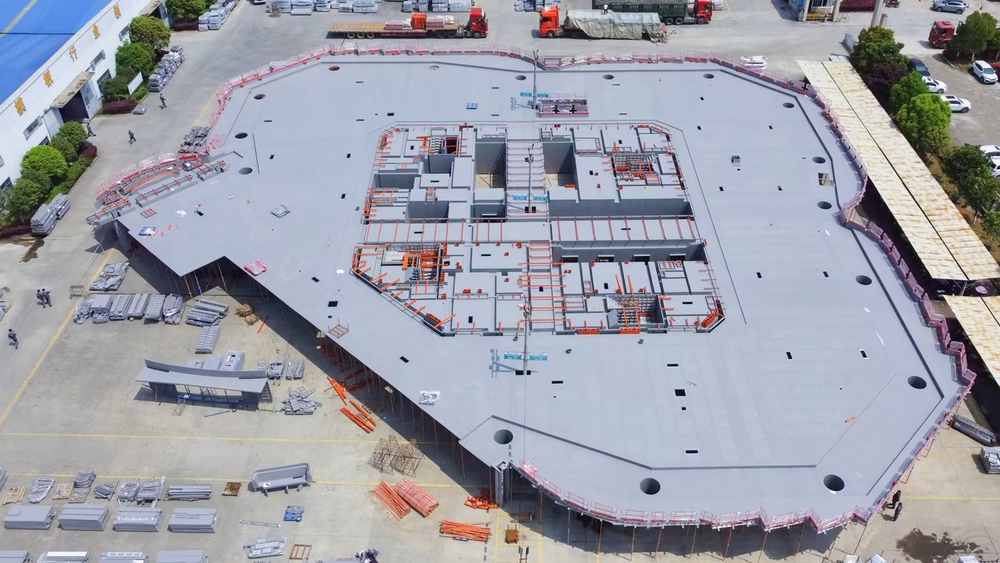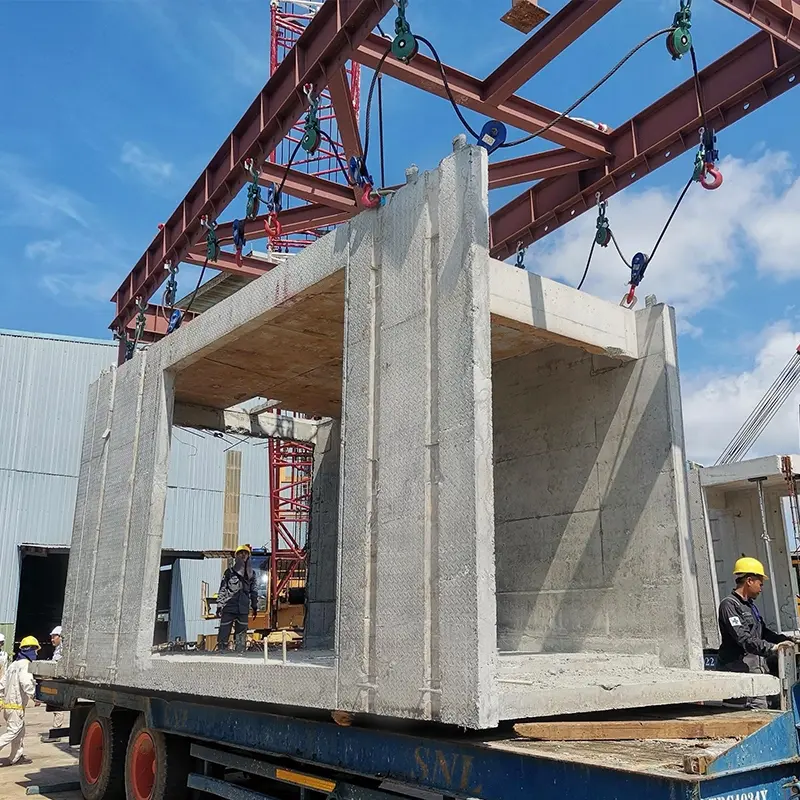Formwork and shuttering are integral parts of any construction project. They play a crucial role in shaping and supporting concrete structures.
"
However, like any other construction technique, they come with their own set of advantages and disadvantages. Understanding these pros and cons can help construction professionals make informed decisions.
This article aims to delve into the world of formwork and shuttering in construction. We will explore their roles, the materials used, and their impact on the overall construction process.
We will also discuss the benefits they offer, such as precision and time-saving, and the challenges they present, including initial investment and material wastage.
By the end of this article, you will have a comprehensive understanding of formwork and shuttering in construction projects, helping you make the right choice for your project.
Understanding Formwork and Shuttering
Formwork and shuttering create temporary moulds for casting concrete. They define the shape, line, and level of the final structure.
These systems are essential in supporting the wet concrete until it hardens. They ensure that the concrete sets in the desired shape and position.
The Role of Formwork in Construction
Formwork plays a fundamental role in modern construction. It supports concrete to maintain its shape during the curing process.
This support is crucial for the structural integrity of the building. Proper formwork ensures the final structure meets all engineering and design specifications.
Materials Used in Formwork and Shuttering
Formwork can be made from various materials, each with unique properties. The choice depends on project requirements and budget.
- Timber: Often used for its affordability and ease of use.
- Steel: Provides durability and precision for large projects.
- Aluminium: Lightweight and reusable, ideal for quick projects.
- Plastic: Offers flexibility in complex designs and is easy to handle.
Each material has advantages and limitations. Selecting the right material is key to project success and depends on specific needs.
The Advantages of Formwork and Shuttering
Formwork and shuttering are key to modern construction practices. They bring several benefits that enhance the efficiency and quality of construction projects. One significant advantage is their ability to shape complex structures accurately. This allows architects to achieve precise designs without compromising on quality.
In addition to precision, formwork provides essential support during the pouring process. This ensures that wet concrete remains stable until it sets properly. Moreover, using formwork and shuttering can lead to faster completion of construction timelines.
Reusability is another major benefit. Certain materials, like steel and aluminium formwork, can be reused several times. This not only saves costs but also reduces waste, contributing to more sustainable construction practices. The versatility of modern formwork shuttering systems allows them to adapt to various design requirements easily.
Precision and Support for Concrete Structures
The precision provided by formwork in construction is vital. It determines the final shape and finish of concrete structures. Correct formwork installation results in accurate alignment and dimensions.
Supporting wet concrete is another crucial aspect. This support helps maintain the structure until the concrete sets, preventing any deformation. The stability provided by formwork ensures safety and quality throughout the building process.
Time-Saving and Reusability
Modern formwork systems are designed to save time. Pre-assembly of these systems streamlines the on-site installation process. This can significantly shorten project timelines.
Reusability offers further advantages. Materials like aluminium and plastic can be reused, cutting down costs and waste. This reusability also supports environmentally friendly construction methods.
Adaptable formwork systems contribute to project efficiency. They accommodate changes in design quickly, allowing for flexibility. This adaptability ensures that even with design changes, construction remains efficient and timely.
The Disadvantages of Formwork and Shuttering
Despite their many advantages, formwork and shuttering systems come with drawbacks. One major issue is the high upfront cost associated with quality materials. This expense can strain project budgets significantly.
Additionally, setting up and dismantling formwork requires skilled labour. This necessity often leads to increased labor costs and potential delays if skilled workers are unavailable. Projects may also suffer if poorly trained personnel are used.
Material wastage is another concern. If not carefully managed, the materials can deteriorate rapidly, leading to extra costs. Furthermore, the storage and transport of formwork systems present logistical challenges. These challenges may complicate scheduling and project timelines.
Reusing formwork involves maintenance and repair, adding to costs. These additional expenses can impact overall project budgets. Proper planning is essential to mitigate these issues and avoid unnecessary financial burdens.
Initial Investment and Skilled Labour Requirements
The initial investment in formwork materials can be considerable. This cost might deter some projects from using superior systems. It's crucial to weigh these costs against potential benefits.
Moreover, skilled labour is needed for effective formwork installation. Lack of trained staff may lead to improper setup. Mismanagement can also result in structural defects or delays, impacting the project's success.
Material Wastage and Storage Challenges
Inefficient handling can lead to significant material wastage. Construction sites need effective strategies to minimise this waste. Otherwise, it results in increased costs and environmental impact.
Storage and transportation of formwork require careful logistics. Without proper planning, these tasks can become cumbersome. Poor storage conditions also degrade materials faster, increasing replacement needs.
Additionally, formwork systems require space for storage when not in use. Limited storage availability can pose problems, disrupting worksite organisation. Therefore, proper planning and coordination are essential to mitigate these challenges.Shuttering solutions:Shuttering solutions are essential in concrete construction, providing temporary molds to shape and support fresh concrete. Common types include timber and plywood shuttering for small or custom jobs, while steel and aluminum systems offer high durability and are ideal for repetitive, large-scale projects. Plastic and modular shuttering provide lightweight, reusable options that are easy to handle, especially for housing developments. Advanced systems like climbing and tunnel formwork boost efficiency in high-rise and mass housing construction. The right choice depends on project size, budget, and speed requirements.
Balancing Cost and Quality in Formwork
Balancing cost and quality in formwork is essential for project success. Investing in high-quality formwork can lead to better long-term outcomes. The choice of materials influences both cost and project timelines.
Quality formwork offers precision, ensuring robust and accurate concrete structures. It's crucial to assess the initial expenses against potential benefits. Well-designed formwork can also reduce maintenance needs and related costs.
Consideration of reusability is vital. Reusable formwork can lead to significant cost savings over time. These savings often justify the higher initial investment. Strategic selection and management of formwork materials help optimise both budget and performance.
The Importance of Proper Planning and Design
Proper planning and design are crucial in formwork construction. These steps prevent costly errors and rework. Additionally, careful design ensures structural integrity and safety during construction.
Effective planning minimises wastage and maximises resource use. It also helps avoid project delays. Investing time in meticulous planning leads to better outcomes and streamlined construction processes.
Case Studies: Successful Formwork Applications
Numerous projects showcase successful formwork applications. The Burj Khalifa utilized cutting-edge formwork techniques. These allowed for efficient and precise construction of the iconic skyscraper.
The Guggenheim Museum in Bilbao also highlights innovative formwork use. Its complex shapes required detailed planning and custom solutions. The result is a stunning architectural masterpiece.
Another example is the Petronas Towers. Strategic formwork choices contributed to their timely completion. These successful projects demonstrate the pivotal role of effective formwork solutions. Lessons learned from these cases guide future construction endeavours, emphasising the value of thoughtful formwork planning.
Innovations and Trends in Formwork Technology
Formwork technology continuously evolves to meet modern construction demands. Advancements emphasise efficiency and sustainability. New materials and methods enhance the construction process, reducing time and cost.
Lightweight and durable materials improve usability and performance. These innovations support complex architectural designs. Prefabricated systems are gaining popularity for their convenience and precision.
The construction industry increasingly embraces modular formwork solutions. They allow rapid assembly and flexibility on-site. This trend contributes to faster project delivery and improved safety standards.
Sustainable and Efficient Formwork Solutions
Sustainability is now a major focus in formwork development. Reusable materials reduce waste and environmental impact. Many projects now use eco-friendly options for concrete shuttering.
Efficient formwork solutions can lead to substantial cost savings. Incorporating sustainable practices is essential. This approach aligns with global trends toward greener construction practices, benefiting both the environment and the economy.
The Future of Formwork: Automation and Digital Tools
Automation is transforming formwork processes. Robotics and advanced machinery enhance precision and speed. This innovation reduces the reliance on manual labour.
Digital tools like CAD offer precise planning and modelling. Such technology optimises formwork designs, ensuring improved outcomes. These tools also facilitate better collaboration among construction teams.
The integration of digital solutions and automation marks a new era. These advancements promise heightened efficiency and adaptability. Embracing these changes will be crucial for future construction success, paving the way for smarter, more sustainable projects.
Conclusion: Making the Right Choice for Your Project
Choosing the right formwork and shuttering is crucial for a successful project. Weighing pros and cons guides this decision. Consider cost, efficiency, and environmental factors.
An informed choice ensures optimal outcomes. It supports project timelines and quality. Prioritise planning and modern solutions to achieve construction excellence. Proper evaluation leads to project success.
Enhancing Construction Efficiency and Sustainability: Cost-Effective Reusable Formwork and Innovative Shuttering Solutions
In modern construction, formwork and shuttering play an essential role. They provide the necessary support for concrete shaping and directly impact the quality and timeline of a project. Choosing efficient and reusable systems can significantly improve cost efficiency and reusability formwork, helping contractors save substantial labor and material costs.
Today, advanced formwork shuttering technologies continue to evolve, combining lightweight materials with modular designs that make installation and removal quicker and safer. Compared to traditional methods, these innovative shuttering solutions reduce material waste and greatly enhance reusability, promoting greener construction practices.
Whether in large commercial buildings or residential projects, well-planned shuttering and formwork systems can meet diverse and complex construction demands. Their flexible designs, paired with high-quality materials, ensure each concrete pour is precise and stable, guaranteeing a solid and attractive finished product.
Overall, selecting the right formwork and shuttering approach not only optimizes construction workflows but also controls costs effectively, boosting overall site productivity. As technology advances, the market offers an increasing variety of shuttering solutions, allowing contractors to choose the best reusable formwork system tailored to their project needs—achieving construction that is efficient, sustainable, and economical.


